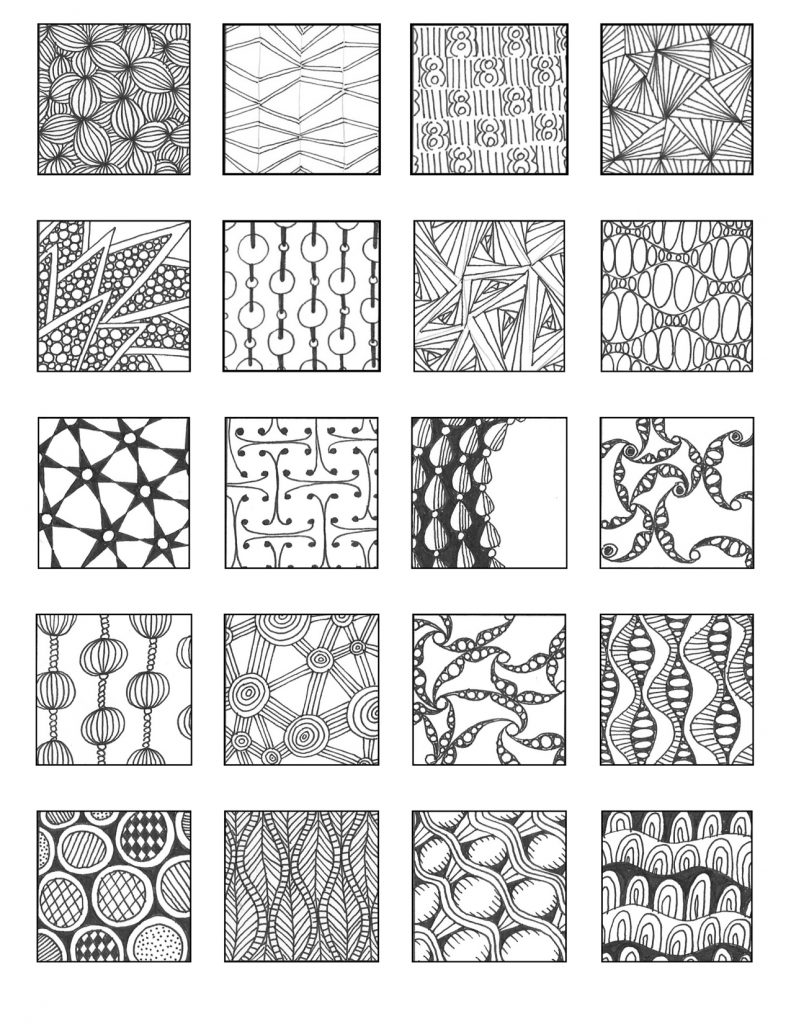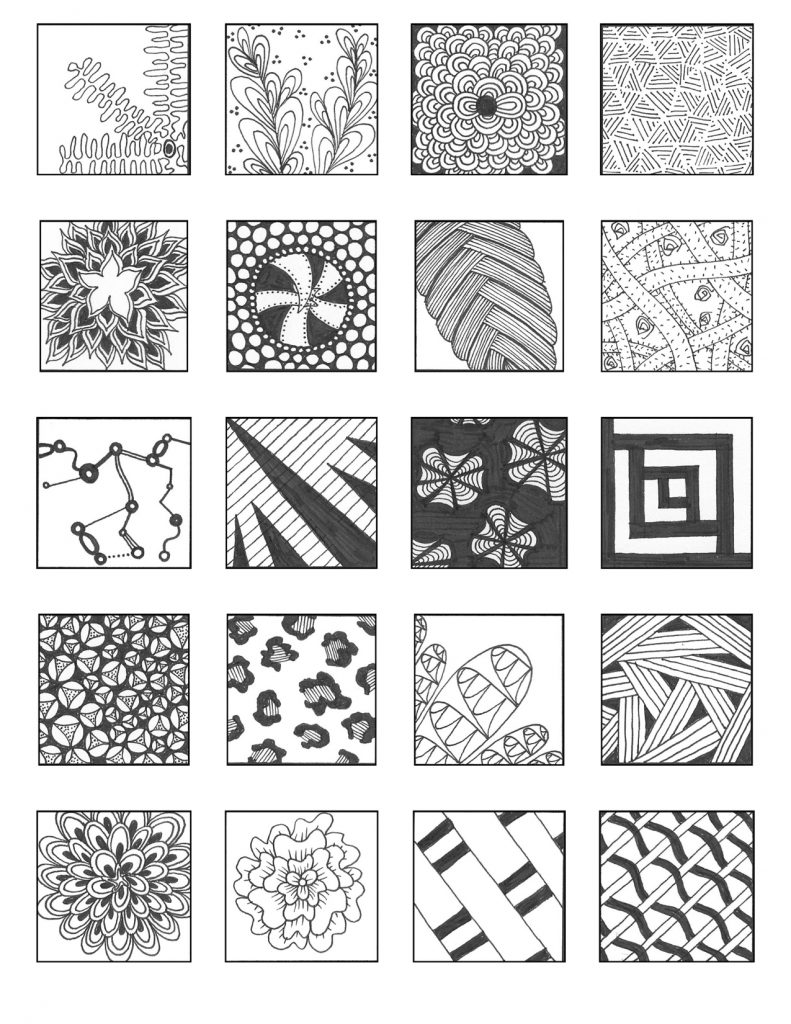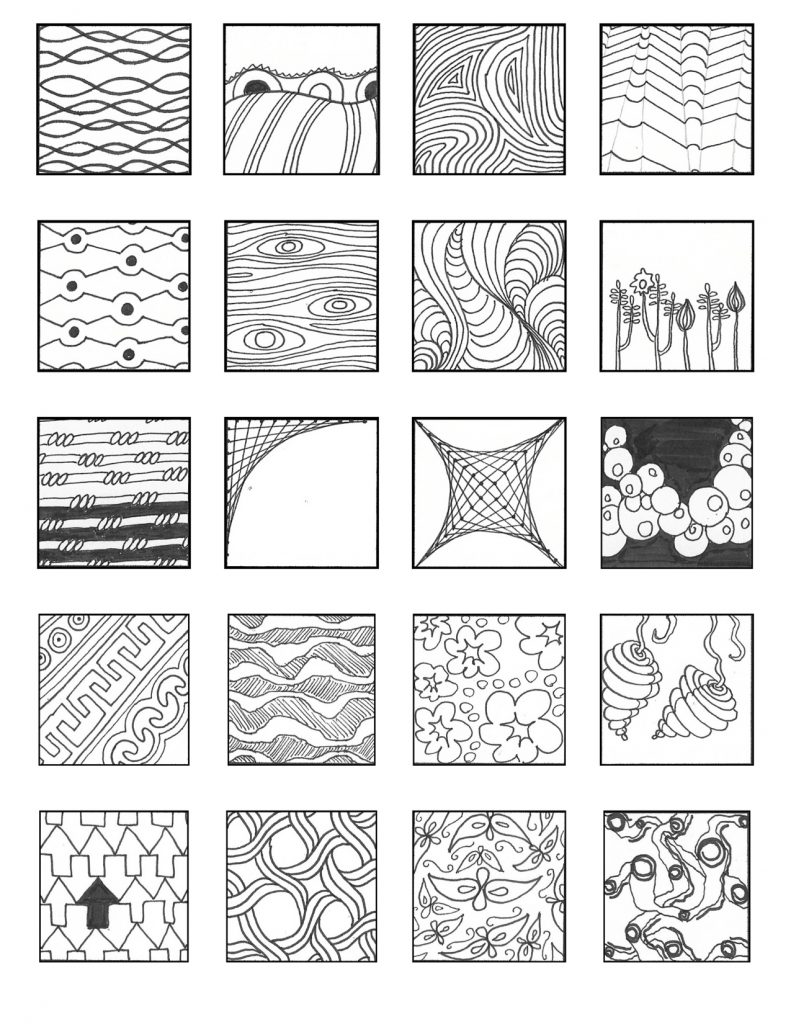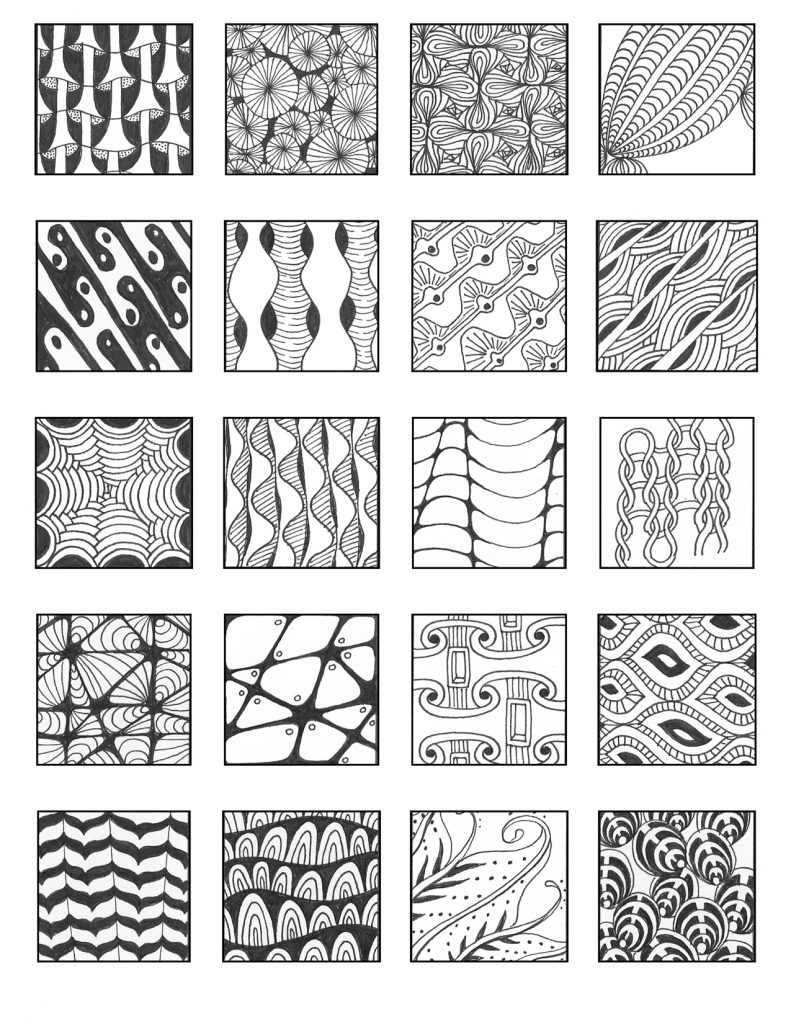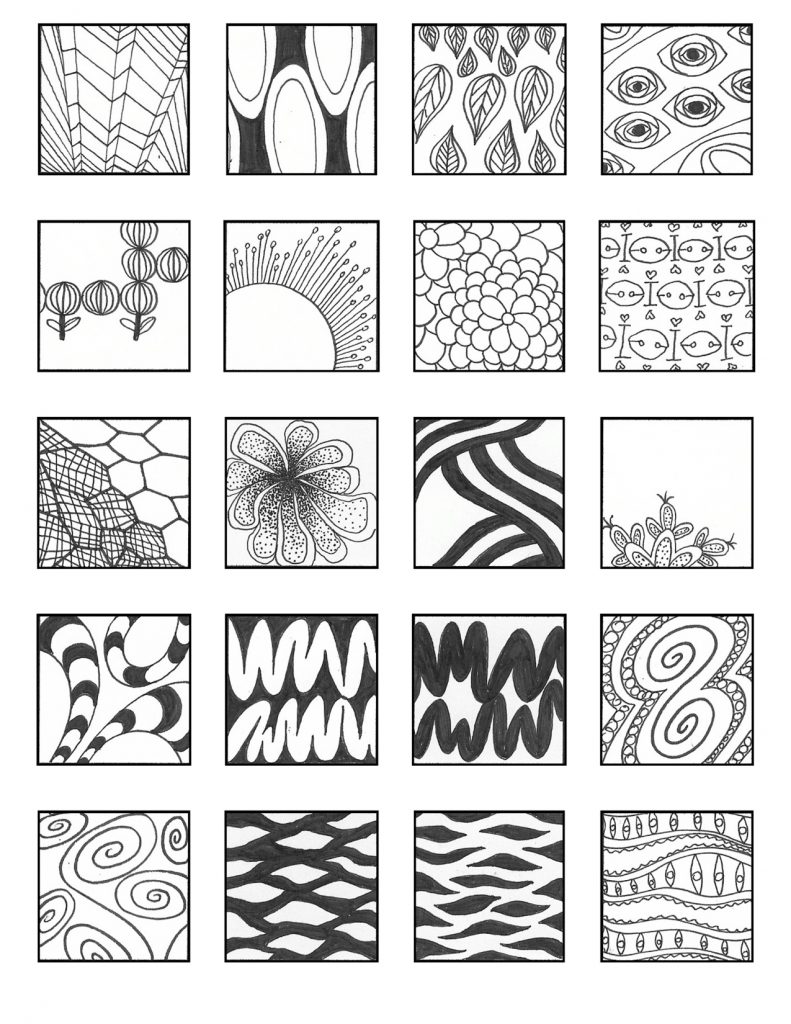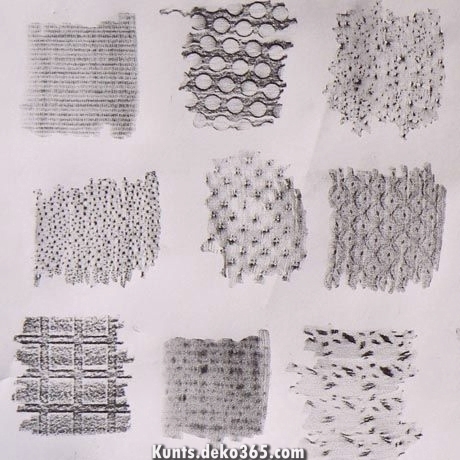Contents
Homework Due THIS CLASS
- Project #1 Deliver: Update the written reflection in your Curious Artifacts post to include feedback from the critique.
- If you haven’t already, leave at least one comment on a fellow classmates’ Curious Artifacts post. Review Providing Feedback for guidelines.
- Important: You will receive your grade via a private comment on your post.
- Take the Project #1 Quiz.
- Complete the Thumbnail Pattern Squares exercise above while listening to your favorite piece of music.
- Visual Library: Post an image that best represents your favorite piece of music or song. Include the artist/composer, song title, and a link, if possible, to your favorite piece of music or song.
Materials needed for THIS CLASS
- your favorite song or piece of music & headphones
- sketch book (9″x12″)
- tracing paper (9″x12″)
- graphite drawing pencils (6B, 2B, HB, 2H, 4H)
- pencil sharpener (basic metal)
- eraser (magic rub, mars, gum or similar)
- 1 roll drafting or removable tape
Everything is a Remix (20 min)
Let’s watch this video with a eye toward the following topics:
- Inspiration
- Copying
- Remixing
- Transformation
- Creativity
Project #2 Vocabulary (30 min)
The Elements: basic components used as part of any composition, independent of the medium.
- Line: An series of points, which has length and direction. It can be the connection between two points, the space between shapes, or the path of a moving point. A closed line creates a shape.
- Shape: Created by line (contour) or a grouping of points, it is an area that is separate from other areas, defined by its perimeter.
The Principles: basic assumptions that guide the design practice.
- Texture: The surface character of a physical material or the illusion of a physical material.
- Pattern: Unbroken repetition, the repeating of an line, object or symbol.
- Repetition: A repeated sequence; occurring more than a few times. In design, repetition can create visual consistency and a sense of unity.
- Rhythm: Is a repeated pattern, such as what we hear in music. In different art forms, it can be a very complex interrelationship or a regular, steady beat.
- Variety: Visual rhythm is often punctuated with variations or changes in color, texture, or form. Creating variety is easy. Too much variety can lead to chaos and confusion for the viewer. Too little can lead to static, uninteresting compositions.
Pattern, Repetition, Rhythm, Variety, Texture
- Pattern in Nature Smithsonian
- Patterns in Nature National Geographic
- Pattern in Design
- Texture in Design
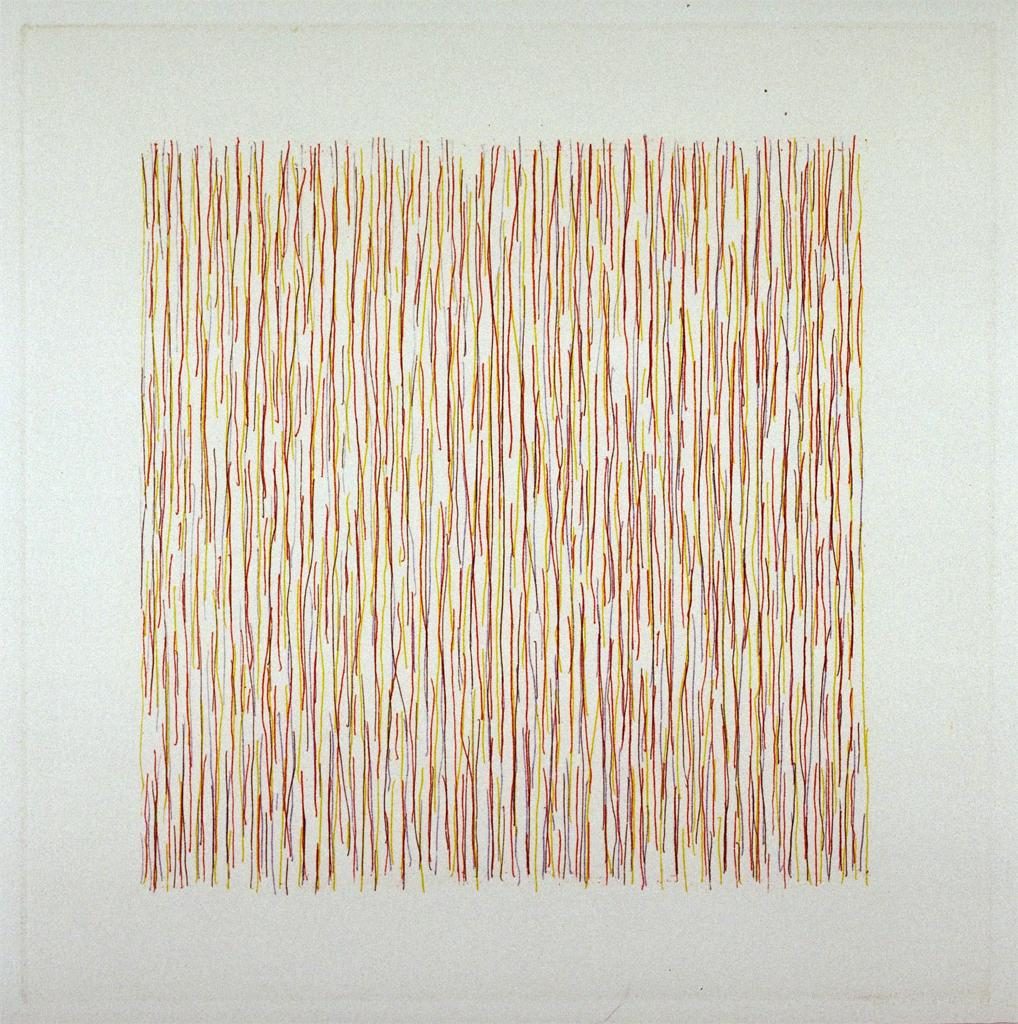
Sol Le Witt 
Ward Cunningham -MorseCodeForever 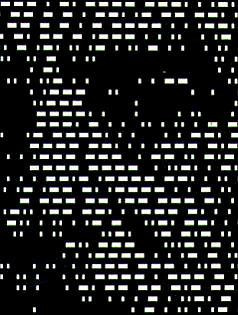
Ken Knowlton -Portrait of Samual Morse in Morse Code 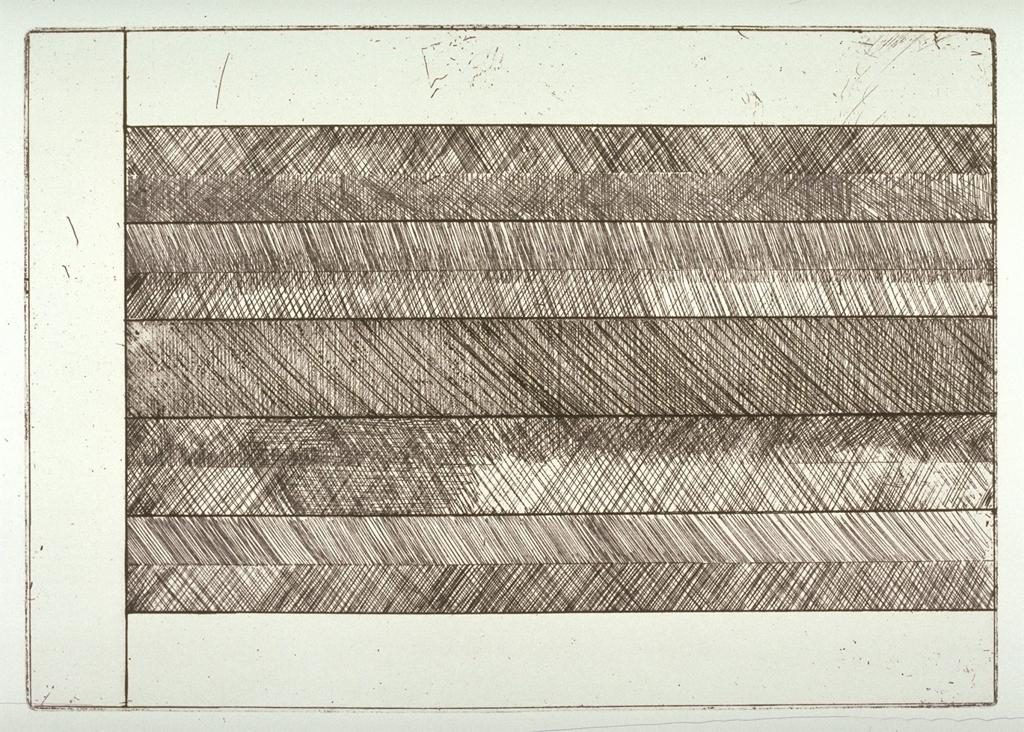
Brice Marden 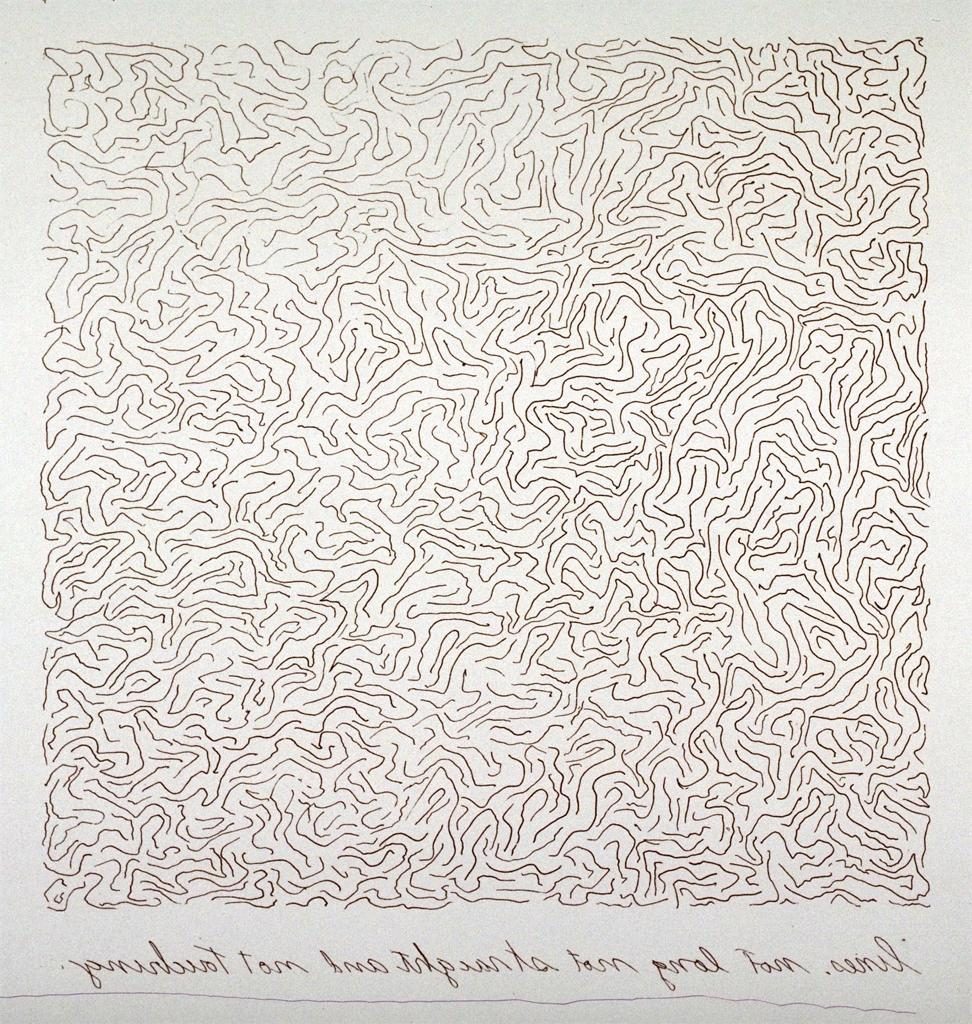
Sol Le Witt 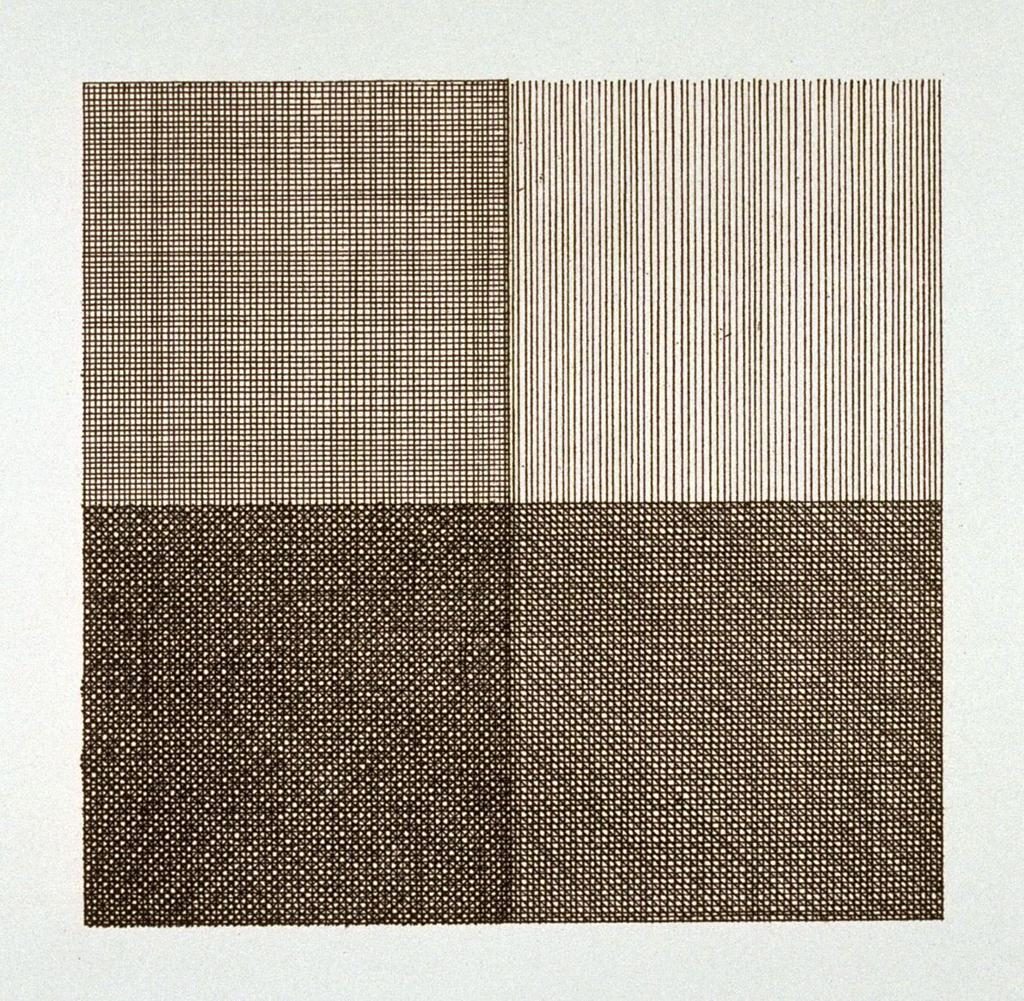
Sol Le Witt 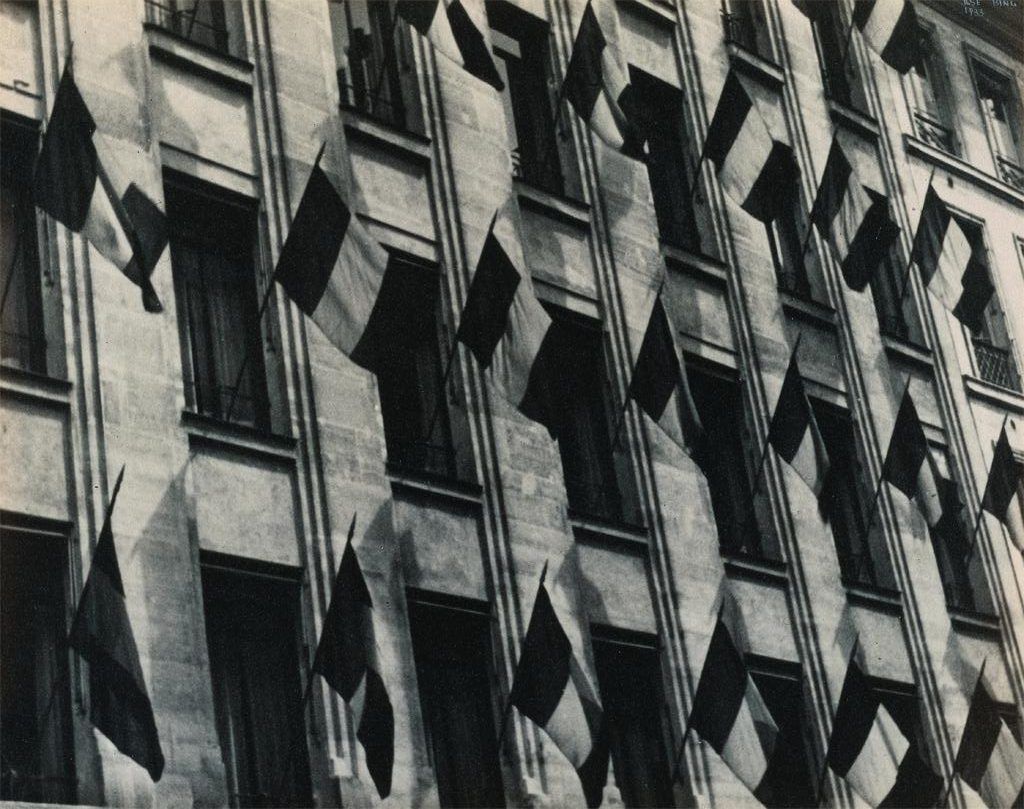
Ilse Bing – Paris Windows with Flags, Bastille Day 1933 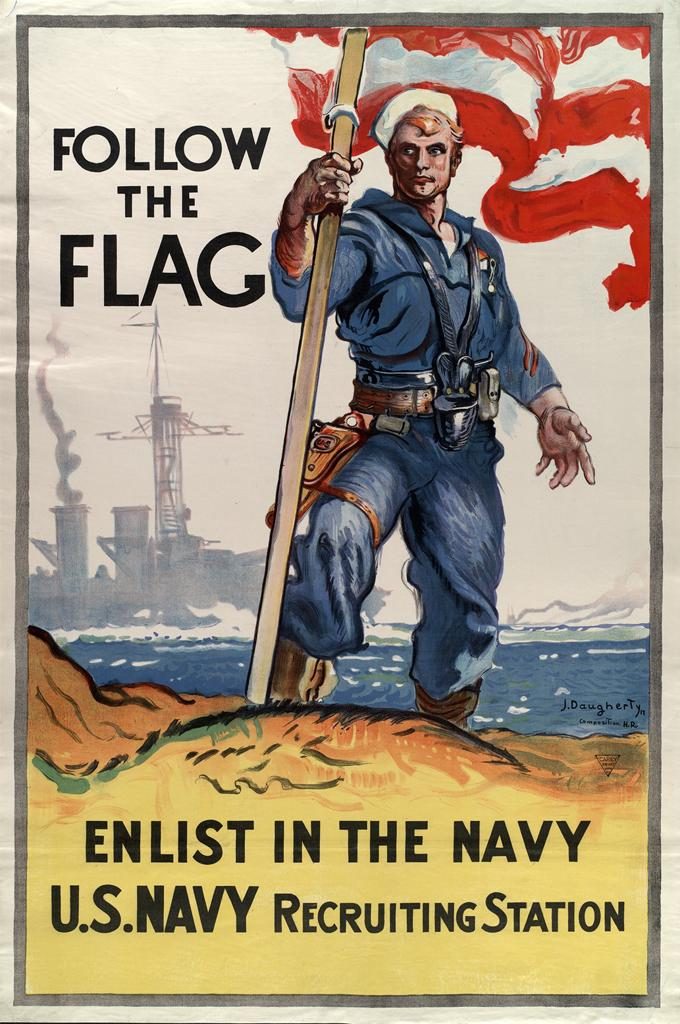
Navy Poster 
Faith Ringgold – Jazz Stories 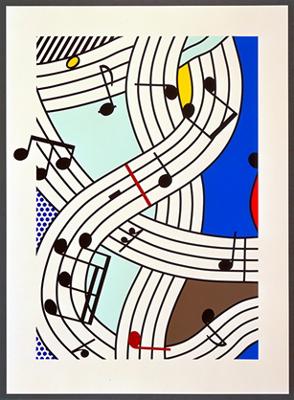
Roy Lichtenstein- Composition III 1996 
Hans Schmithals -Composition in Blue 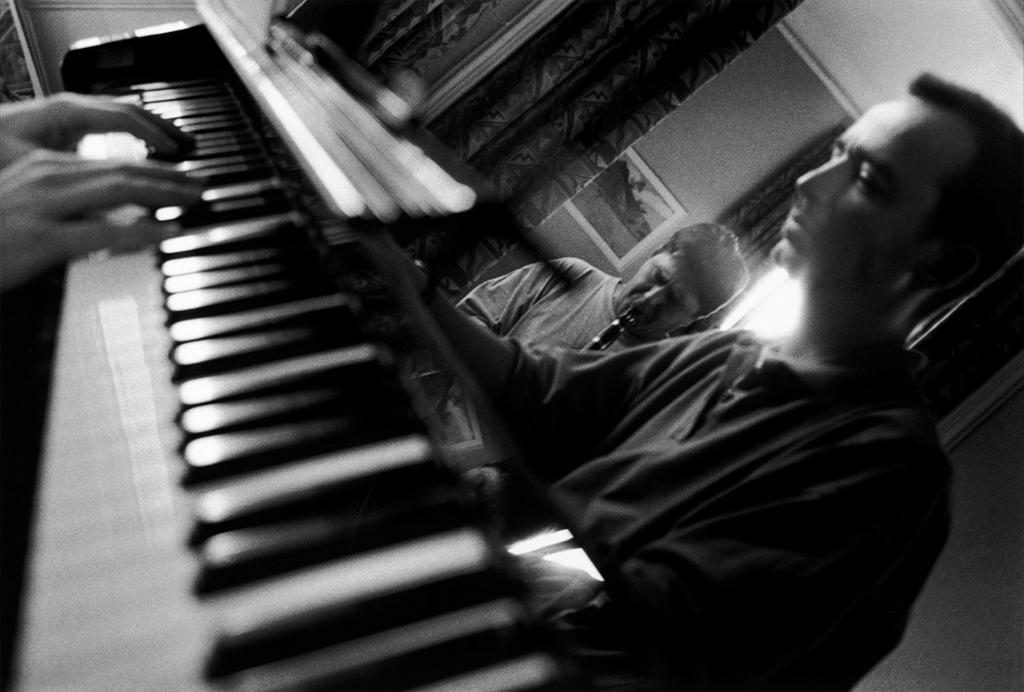
Guy Le Querrec 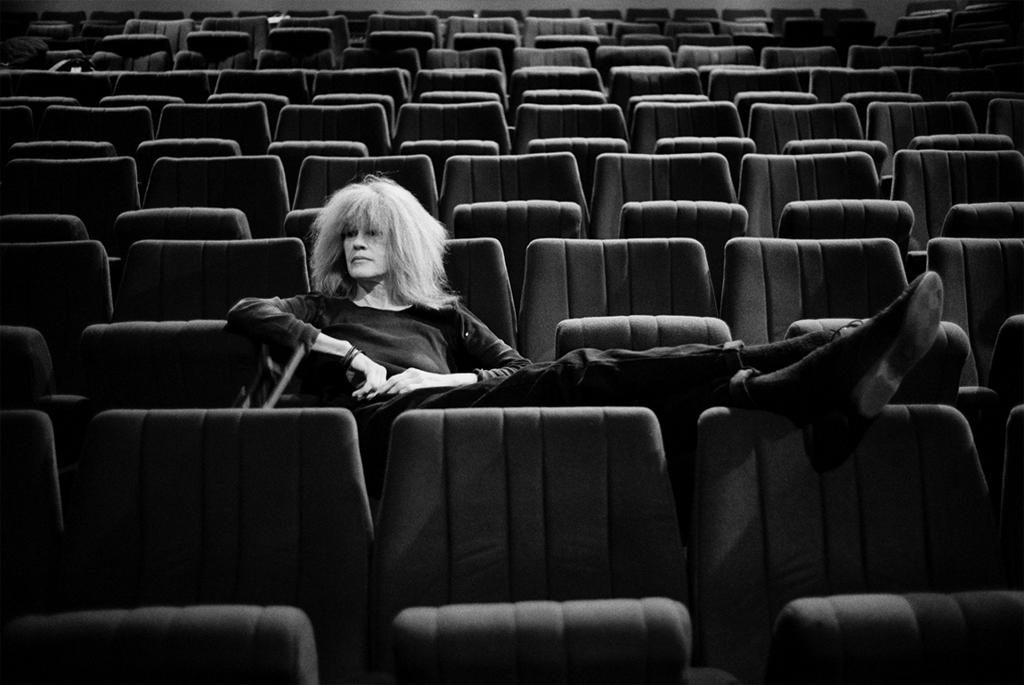
Guy Le Querrec 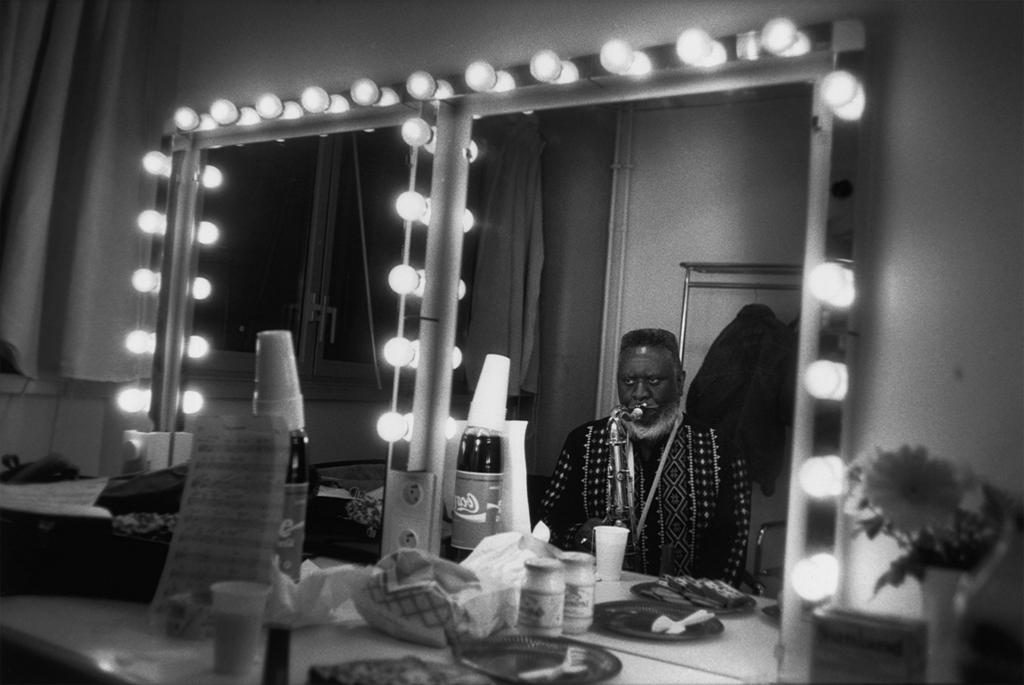
Guy Le Querrec 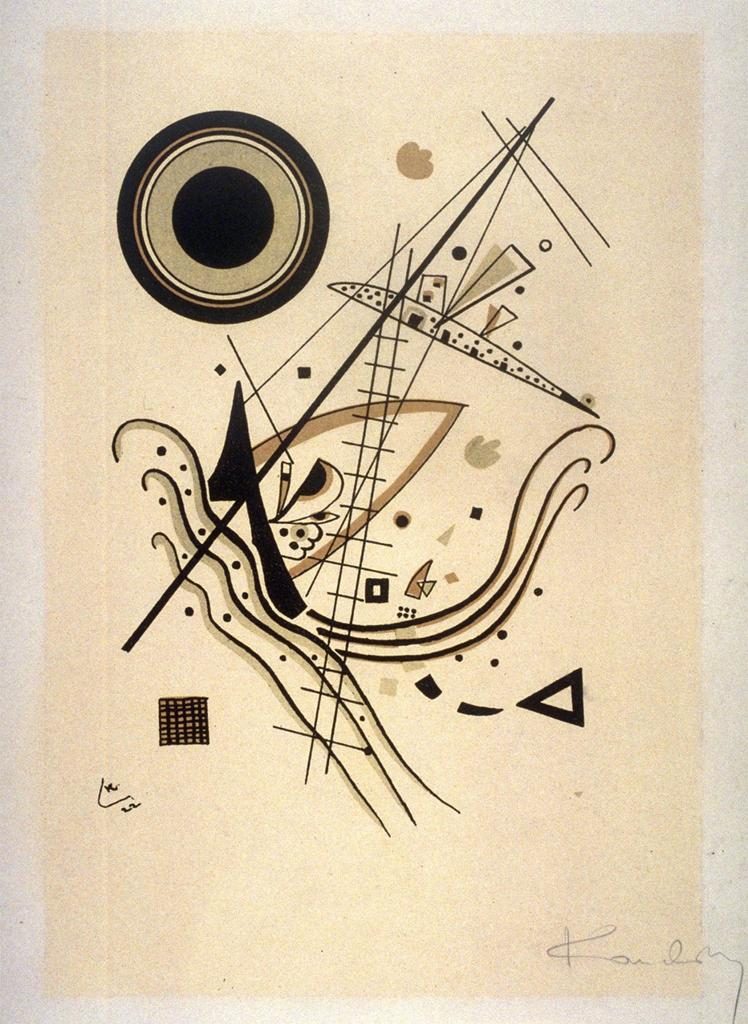
Wassily Kandinsky 
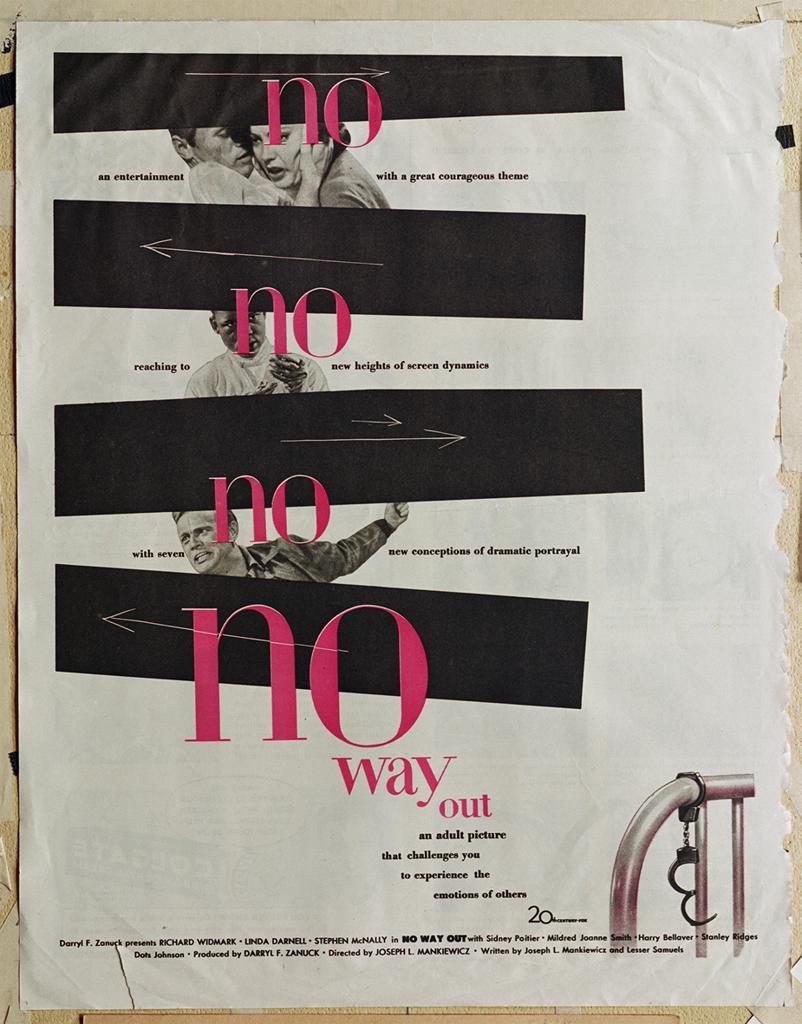
No Way Out – Movie Poster
Break (10 min)
Visual Library (30 min)
For the homework you were asked to post an image to the Visual Library that best represents your favorite piece of music or song. Let’s take a look!
Pattern & Texture Lab (60 min)
Thumbnails: Pattern Squares
Let’s review the Thumbnail Pattern Squares exercise homework. In your sketchbook, you should have drawn at least 24 squares of unique patterns to represent the sounds you hear in your favorite piece of music.
These should have varying line weights (thick and thin), spacing (tight and wide), and value (light and dark). The rhythm of music should influence the look and feel of your pattern squares.
Share with a your neighbor. Are your pattern squares too complex? Can you imagine them repeating to form a background?
Thumbnails: Texture Squares
Max Ernst experimented with the technique of frottage, or rubbing, as a way to probe the subconscious mind. He created these images by placing paper atop various materials—wood floorboards, lengths of twine, wire mesh, crumpled paper, crusts of bread—then rubbing the surface with a pencil or crayon.
Moma Learning – Max Ernst – Histoire naturelle
On a few pieces of tracing paper, draw at least 24 squares. Using a soft graphite pencil, create relief rubbings of different textures that relate to your favorite song.
For example, if the song has a heavy, dark sound, perhaps you might do a rubbing from subway grate or bark from a rough tree. Or if your song has a light, delicate sound, perhaps you might do a rubbing from a leaf, lace fabric, or piece of jewelry. Let the rhythm of music influence the look and feel of your texture squares.
Homework for NEXT CLASS
- Writing: Spend 10 minutes writing about your favorite song; describing it in terms of pattern, line, shape, variety. Consider how some sounds repeat to create rhythm. Do these observations affect how you understand the meaning of the music or the intention of the composer/songwriter/artist?
- Pattern Squares: While listening to your favorite piece of music rework/refine your Pattern squares.
- Texture Squares: Using a soft graphite pencil on several pieces of tracing paper, create 24 squares of unique relief rubbings of different textures to represent the sounds you hear in your favorite piece of music. Go out into the world to find textures!
Materials needed for NEXT CLASS
- sketch book (9″x12″)
- tracing paper (9″x12″)
- graphite drawing pencils (6B, 2B, HB, 2H, 4H)
- pencil sharpener (basic metal)
- eraser (magic rub, mars, gum or similar)
- 1 roll drafting or removable tape
- your favorite song or piece of music & headphones
